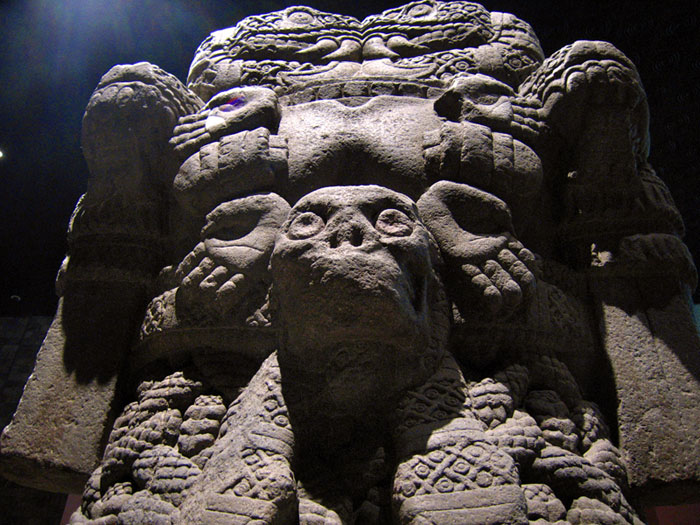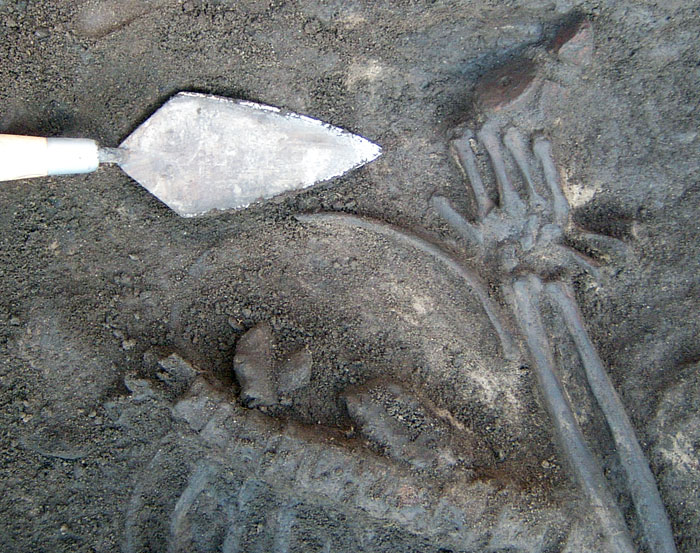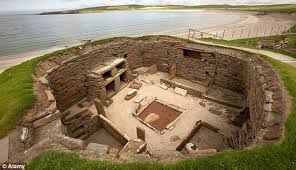Radical archaeology uses artifacts and sites to disprove contemporary social systems and acts against “class and gender oppression, racism, and discrimination,” according to Elizabeth Brumfiel, an American radical archaeologist and professor and at one point president of the American Anthropological Association. Radical archaeologists’ findings can show alternative ways of life from our current views.
Gender roles are something we see ingrained in everyday life – such as gender-specific bathrooms and more stay-at-home moms than stay-at-home dads. However, these modern American gender roles aren’t the only gender roles possible. Different societies have different ways of thinking about the similarities and differences between the genders, as specifically evidenced in Aztec archaeological findings.
Gender complementarity was a prominent aspect of Aztec culture – considering women and men to be different but equally important to the whole of society. Both genders could hold authoritative position within the market – as evidenced by artwork showing women as specialized retailers administrators who controlled wealth and assets. Deities were not exclusively male. Women were depicted as goddesses in sculpture and artwork as well.
Archaeological artifacts also support gender roles in terms of childcare. Women raised the girls, and men raised the boys. From this came a strong binary in the gender roles – although considered complementary, boys and girls were taught different tasks. Spindle whorls, for example, were found in areas in homes where women and girls primarily resided, emphasizing their roles are spinners and weavers.
Radical archaeologists take this information and analyze it to question our own society today – connecting the lives of the ancient past to our cultures today. Did the Aztecs live with exactly the same gender roles as we do today? No. So are gender roles at least partly socially constructed? Yes. Although there was sexism in Aztec gender roles as there is today (women doing indoor work, men doing outdoor), the differences in child-rearing, power structures, and deities are important to note as they are shown to be socially constructed in both contexts.
With this we can question and potentially bring about change in our current social structures. We can ask ourselves about whether what we determine “feminine” and “masculine” are biologically or socially constructed, and then adjust our societies to be more accepting and open. Radical archaeology’s creative and thoughtful analysis takes (somewhat) objective findings about cultures common in post-processual archaeology and works on using that information to aim to create a world with less discrimination.
Links for Further Reading on Aztec gender roles and Radical archaeology:
http://theanarchistlibrary.org/library/theresa-kintz-radical-archaeology-as-dissent
References:




